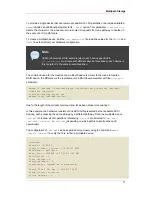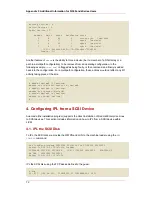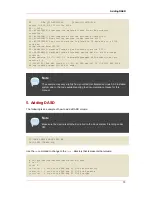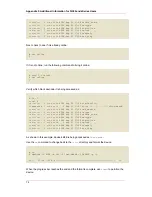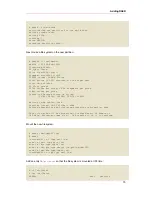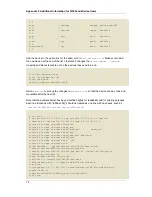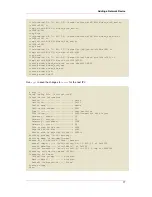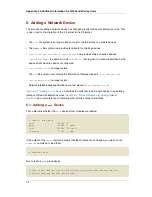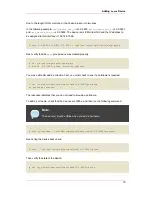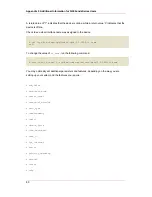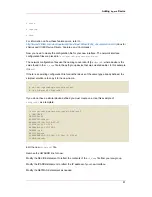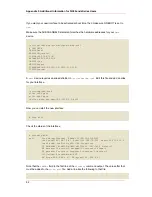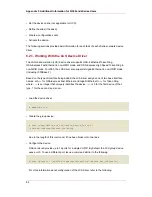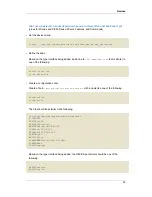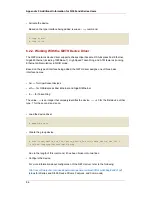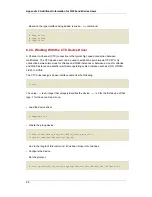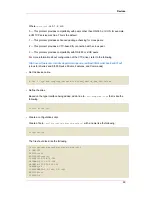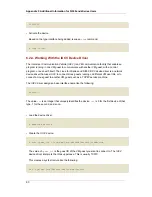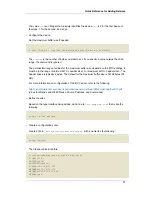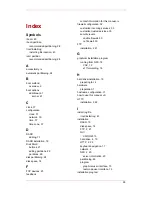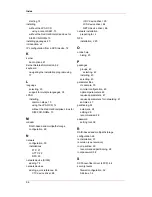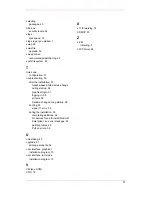
• Set the device online (not applicable to IUCV).
• Define the alias (if needed).
• Create a configuration script.
• Activate the device.
The following sections provide basic information for each task of each zSeries network device
driver.
6.2.1. Working With the LCS Device Driver
The LAN channel station (LCS) device driver supports OSA-2 Ethernet/Token Ring,
OSA-Express Fast Ethernet in non-QDIO mode, and OSA-Express High Speed Token Ring in
non-QDIO mode. For z990, the LCS driver also supports Gigabit Ethernet in non-QDIO mode
(including 1000Base-T).
Based on the type of interface being added, the LCS driver assigns one of two base interface
names: eth
<n>
for OSA-Express Fast Ethernet and Gigabit Ethernet tr
<n>
for Token Ring,
where
<n>
is an integer that uniquely identifies the device.
<n>
is 0 for the first device of that
type, 1 for the second, and so on.
• Load the device driver:
# modprobe lcs
• Create the group device:
# echo <read_device_bus_id>,<write_device_bus_id> >
/sys/bus/ccwgroup/drivers/lcs/group
Due to the length of this command, it has been broken into two lines.
• Configure the device.
OSA cards can provide up to 16 ports for a single CHPID. By default, the LCS group device
uses port 0. To use a different port, issue a command similar to the following:
# echo <portno> > /sys/bus/ccwgroup/drivers/lcs/<device_bus_id>/portno
For more information about configuration of the LCS driver, refer to the following:
Appendix F. Additional Information for S/390 and zSeries Users
84
Summary of Contents for ENTERPRISE LINUX 3 - FOR IBM S-390 AND IBM ESERVER ZSERIES
Page 2: ...Red Hat Enterprise Linux 4 ...
Page 4: ...Red Hat Enterprise Linux 4 ...
Page 56: ...46 ...
Page 64: ...54 ...
Page 70: ...60 ...
Page 104: ...94 ...
Page 108: ...98 ...


